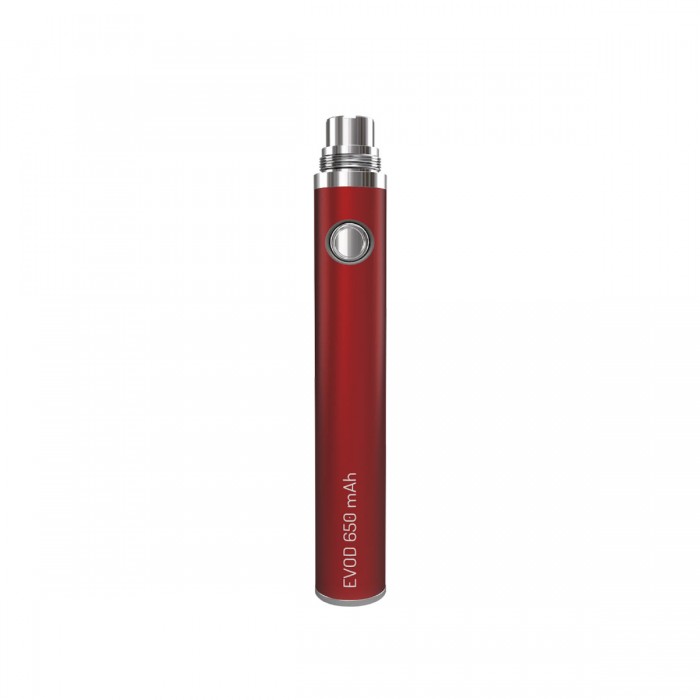In recent years, vaping has surged in popularity, transforming the way people experience nicotine and flavor. One of the most striking aspects of vaping is the impressive clouds produced when exhaling vapor. For many vapers, creating large clouds has become an art form, often leading to competitions where enthusiasts showcase their skills. But what exactly makes these vape clouds so voluminous? Understanding the science behind these clouds involves examining a combination of e-liquid composition, device technology, and user technique. This article explores these factors and how they contribute to the size and density of vape clouds.
E-Liquid Composition: The Foundation of Vape Clouds
The primary components of e-liquids are propylene glycol (PG), vegetable glycerin (VG), flavorings, and nicotine. Each of these ingredients plays a crucial role in determining the characteristics of the vapor produced. Among these, the ratio of PG to VG is particularly significant when it comes to cloud production.
1. Propylene Glycol vs. Vegetable Glycerin
Propylene Glycol (PG) is a thin, odorless liquid that is commonly used in food and pharmaceutical products. It has a lower viscosity compared to VG, which allows it to produce a throat hit similar to smoking. However, PG does not create particularly dense vapor clouds. In contrast, Vegetable Glycerin (VG) is thicker and sweeter, known for its ability to produce larger vapor clouds. This is due to VG's higher molecular weight and viscosity, which allows it to hold more moisture and create denser vapor.
Many vapers prefer e-liquids with a higher VG content, typically in the range of 70% VG to 30% PG, to achieve maximum cloud production. The thicker consistency of VG contributes to the volume of vapor produced during exhalation, resulting in impressive cloud formations. Therefore, selecting the right PG/VG ratio is a fundamental step for vapers aiming to maximize their cloud output.
2. Flavorings and Their Impact
Flavorings also play a pivotal role in the vapor produced. Natural and artificial flavoring agents can affect the density and texture of the vapor. Some flavorings, particularly those that are oil-based, can hinder cloud production. In contrast, water-soluble flavorings tend to enhance vapor quality. As vapers experiment with different flavors, it's essential to consider how these additives interact with the base ingredients, as they can either support or detract from cloud formation.
Device Technology: The Role of Equipment
The type of vaping device used can significantly influence the size and quality of the clouds produced. Different devices come with varying configurations, and understanding these can help vapers choose the right equipment for cloud chasing.
1. Sub-Ohm Devices
Sub-ohm vaping has gained immense popularity among cloud chasers. Sub-ohm devices operate at a resistance below one ohm, allowing for increased power and, consequently, more vapor production. These devices typically feature larger coils and more substantial wicking material, which can absorb more e-liquid. As a result, when the device is activated, more e-liquid is vaporized at once, producing larger clouds.
The wattage settings on sub-ohm devices also play a vital role. Higher wattage settings lead to increased heat, which vaporizes the e-liquid more rapidly, resulting in larger clouds. However, it’s crucial for vapers to find a balance, as excessively high wattage can lead to burnt coils or a harsh vaping experience.
2. Coil Types and Configurations
The type of coils used in a vaping device can also affect cloud production. Coils made from materials such as kanthal, stainless steel, or nickel can produce different vapor qualities. Moreover, building custom coils allows vapers to optimize their setups for cloud production. Coils with larger surface areas or multiple strands can heat e-liquid more evenly, enhancing vapor output.
Additionally, coil configurations such as dual or quad coils can significantly increase the amount of vapor produced. By utilizing multiple coils, more e-liquid is vaporized simultaneously, leading to denser and larger clouds. Vapers who enjoy cloud chasing often experiment with different coil builds to find the perfect combination for their preferences.
User Technique: Mastering the Art of Cloud Production
While e-liquid composition and device technology lay the groundwork for cloud production, user technique is the final piece of the puzzle. The way a vaper inhales and exhales can substantially impact the size of the clouds produced.
1. Inhalation Techniques
The inhalation technique used can determine how much vapor is drawn into the lungs. Many cloud chasers employ a method known as direct lung inhalation, which involves inhaling vapor directly into the lungs rather than into the mouth first. This technique allows for a larger volume of vapor to be taken in, which can then be exhaled as larger clouds.
Additionally, allowing the vapor to sit in the lungs for a brief moment before exhaling can increase cloud size. This technique maximizes the amount of vapor that can be expelled, leading to more substantial clouds.
2. Exhalation Techniques
The way vapor is exhaled also plays a crucial role in cloud production. Some vapers employ techniques such as “O” rings or “French inhales” to manipulate the vapor as they exhale. These techniques can create visually impressive cloud formations while also enhancing the overall experience. Additionally, exhaling slowly can help maintain the density of the clouds, allowing them to linger in the air longer.
Conclusion
The science behind vape clouds is a fascinating interplay of e-liquid composition, device technology, and user technique. By selecting the right PG/VG ratio, utilizing sub-ohm devices, and mastering inhalation and exhalation techniques, vapers can create impressive clouds that enhance their overall experience. The art of cloud chasing is not merely about producing large vapor clouds; it’s about understanding the intricate relationships between the components involved.
As vaping continues to evolve, enthusiasts will undoubtedly experiment with new techniques and technologies, pushing the boundaries of what is possible in cloud production. Whether you're a seasoned cloud chaser or a newcomer exploring the world of vaping, appreciating the science behind those massive clouds can deepen your understanding and enjoyment of this unique pastime. Happy vaping, and may your clouds always be plentiful!






Comments